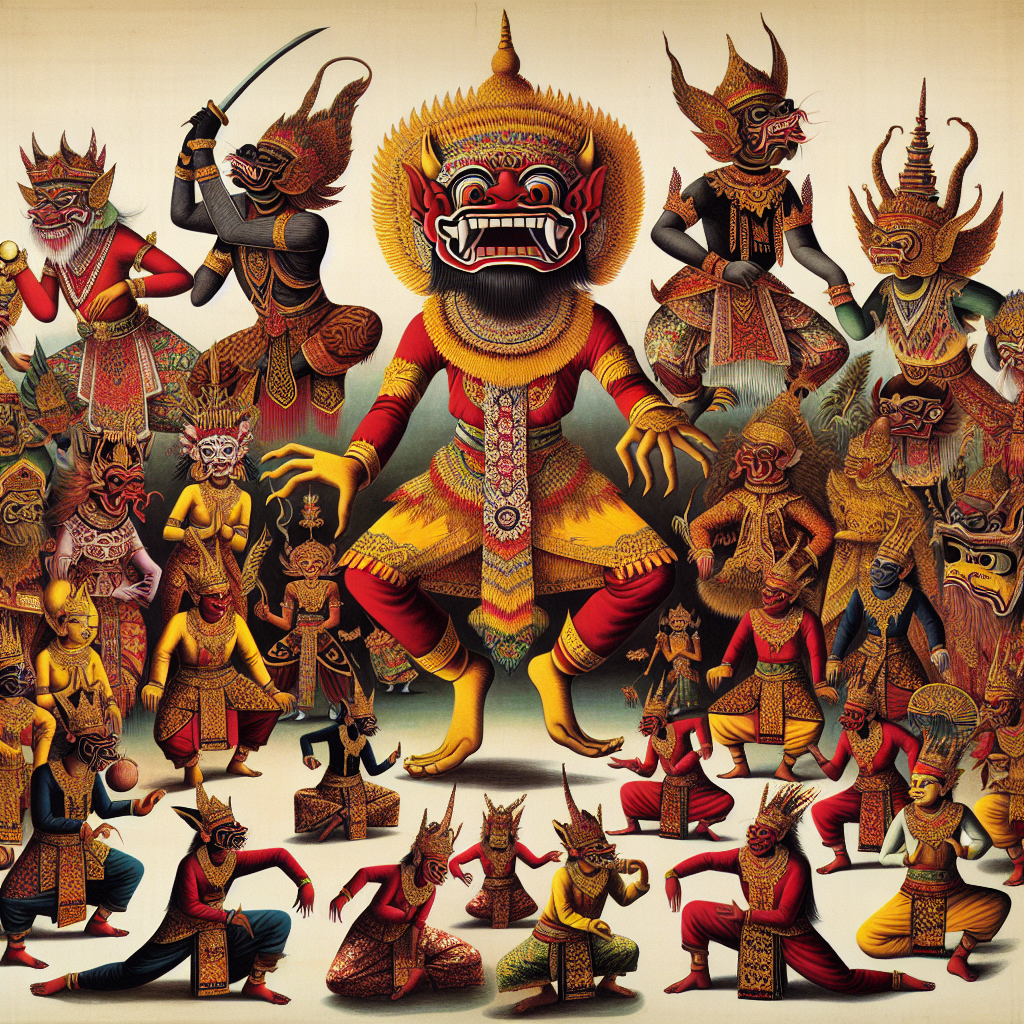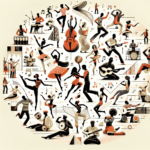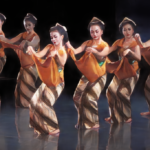-
Table of Contents
Mengenal Berbagai Jenis Tarian Tradisional di Nusantara

Indonesia, with its rich cultural heritage, is home to a diverse range of traditional dances. These dances not only showcase the artistic talents of the Indonesian people but also serve as a means of preserving and passing down cultural traditions from one generation to the next. In this article, we will explore some of the most prominent traditional dances from various regions in Indonesia.
Tari Pendet
Tari Pendet is a traditional Balinese dance that originated from the village of Sidan in Gianyar, Bali. It is often performed as a welcoming dance to greet guests and is characterized by its graceful movements and delicate hand gestures. The dancers, usually young girls, carry small bowls of flowers on their heads and scatter the petals as a symbol of offering and purification.
This dance is an integral part of Balinese Hindu rituals and is performed during temple ceremonies and religious festivals. Tari Pendet is not only a visual delight but also a spiritual experience that connects the dancers and the audience with their cultural roots.
Tari Saman
Tari Saman, also known as the “Thousand Hands Dance,” is a traditional dance from Aceh, a province located in the westernmost part of Sumatra. This dance is performed by a group of male dancers sitting in a row and clapping their hands, chest, and thighs in sync with the rhythm of the music.
Tari Saman is not just a dance; it is a form of storytelling and a means of communication. The dancers use their body movements and facial expressions to convey messages, express emotions, and narrate folk tales. This dance is often performed during special occasions, such as weddings, religious ceremonies, and cultural festivals.
Tari Tor-Tor
Tari Tor-Tor is a traditional dance from the Batak ethnic group in North Sumatra. It is performed to celebrate important events, such as weddings, harvest festivals, and the arrival of guests. The dance is accompanied by the sound of traditional musical instruments, such as the gondang, a type of drum, and the taganing, a set of small gongs.
Tari Tor-Tor is characterized by its energetic and lively movements, with dancers wearing traditional Batak costumes adorned with intricate patterns and vibrant colors. The dance reflects the Batak people’s strong sense of community and their belief in the power of collective harmony.
Tari Reog Ponorogo
Tari Reog Ponorogo is a traditional dance from Ponorogo, a regency in East Java. It is a highly dynamic and theatrical dance that tells the story of a mythical lion-like creature called the “Singa Barong.” The dance involves a group of dancers wearing elaborate masks and costumes, including a large lion head made from a tiger’s skin.
The dancers perform acrobatic movements, such as balancing the lion head on their foreheads and dancing on stilts. Tari Reog Ponorogo is not only a visual spectacle but also a display of physical strength and agility. It is often performed during cultural festivals and serves as a symbol of the Ponorogo community’s pride and identity.
Tari Serimpi
Tari Serimpi is a traditional Javanese court dance that originated from the royal courts of Yogyakarta and Surakarta. It is a refined and elegant dance performed by female dancers wearing intricately designed costumes and headdresses.
Tari Serimpi is characterized by its slow and graceful movements, with dancers using delicate hand gestures and subtle facial expressions to convey emotions. The dance is accompanied by traditional Javanese gamelan music, creating a harmonious and mesmerizing atmosphere.
Summary
Traditional dances in Indonesia are not just a form of entertainment; they are a reflection of the country’s rich cultural heritage. From the graceful movements of Tari Pendet in Bali to the dynamic storytelling of Tari Saman in Aceh, each dance represents a unique tradition and carries its own significance.
These dances serve as a means of preserving and passing down cultural traditions from one generation to the next. They connect people with their roots, strengthen community bonds, and provide a platform for artistic expression. Traditional dances in Indonesia are not only a visual delight but also a powerful medium for storytelling, communication, and spiritual connection.
As Indonesia continues to embrace modernity, it is crucial to recognize and appreciate the value of traditional dances. They are an integral part of the country’s identity and should be celebrated and preserved for future generations to come.




